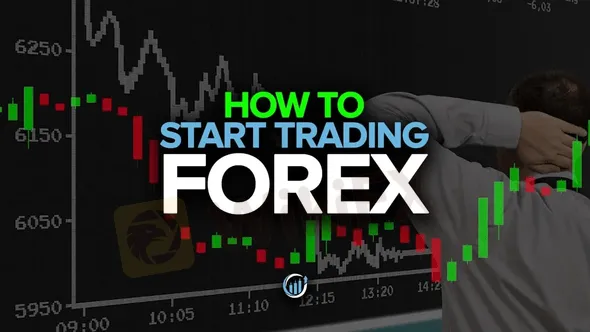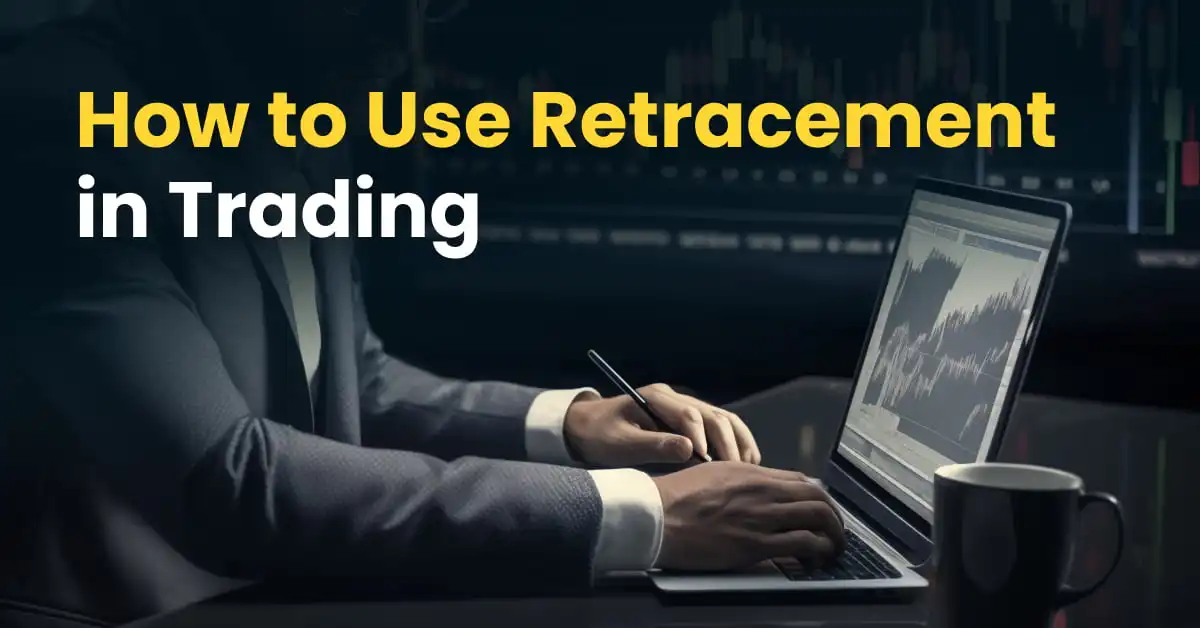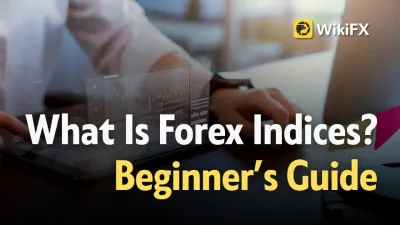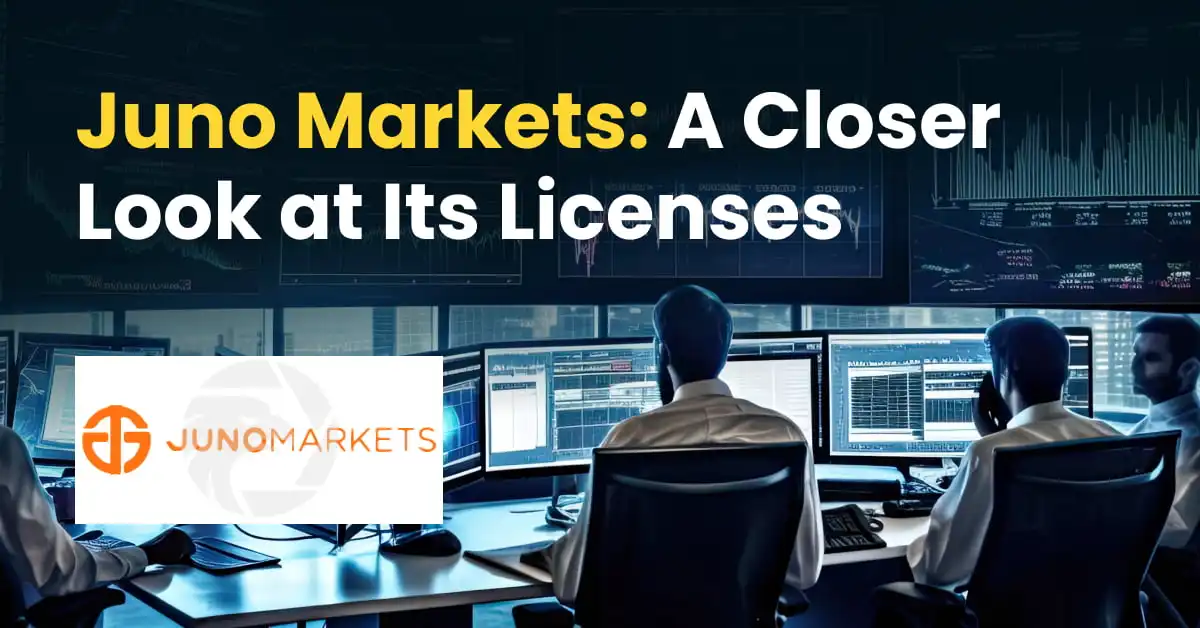简体中文
繁體中文
English
Pусский
日本語
ภาษาไทย
Tiếng Việt
Bahasa Indonesia
Español
हिन्दी
Filippiiniläinen
Français
Deutsch
Português
Türkçe
한국어
العربية
Starting Forex Trading: Setting Up an Account
Abstract:Without intending to say anything obvious, this series of articles are set for beginners. In other words, if you have never made a single forex trading in your life, you won’t know how to set up a trading account!

The good news is that the part is very simple and simple, but nevertheless, I compiled a step-by-step guide to get started.
Step 1 – Find a broker.
You need to find a broker that suits your trading style. If you need help, there is an article on how to find it and what to pay attention to. In addition, if there is no time to directly investigate the platform.
Step 2 – Select a transaction account.
Please determine the type of trading account you want to open. Some are small with low minimum trading account balance requirements, and some are for more skilled traders.
Step 3 – Application form.
Now you have to fill out the application form on the broker website. The information required varies, but generally includes a name, address, contact information, and date of birth.
You may also have to talk a little about financial conditions such as monthly income, employment status, and trading experience. Again, each forex broker will be slightly different.
Stage 4 – Confirm your identity
Before you complete the registration of your forexe account, you must prove who you are. Most forex brokers only need a scanned copy of their passport or resident registration card.
Some may require a scanned copy of a utility bill or a letter with your name and residence address. It should generally be within a certain period of time (e.g., within 6 months).
Step 5 – Log in.
Suppose you have received confirmation almost immediately (generally). You can now access your new forex trading account using your login information.
Step 6: Deposit the funds into the transaction account.
You can now deposit funds into the transaction account. The payment methods provided are generally very standard and include: Debit/credit card, bank transfer and electronic wallets such as PayPal and Apple Pay.

Disclaimer:
The views in this article only represent the author's personal views, and do not constitute investment advice on this platform. This platform does not guarantee the accuracy, completeness and timeliness of the information in the article, and will not be liable for any loss caused by the use of or reliance on the information in the article.
Read more

How to Use Retracement in Trading
Understanding retracement is essential for strategic trading. In today’s article, we will focus on the retracement is a temporary, short-lived pullback in the price of a financial instrument, like a stock or an index, that occurs within a larger, established trend. Think of it as a brief pause or a correction before the market continues its original movement. Unlike a trend reversal, which signals a fundamental shift in direction, a retracement represents a temporary deviation that doesn't jeopardize the long-term trend.

What Is Indices in Forex? A Beginner’s Guide to Trading Forex Indices
Understand what indices in forex are, how DXY works, key differences vs pairs, pros/cons, and where to trade CFDs—beginner-friendly, expert-backed guide.

Malaysian Finfluencers Could Face RM10 Million Fine or 10 Years in Prison!
A new regulatory measure by the Securities Commission Malaysia (SC) is set to change the country’s online trading and financial influencer landscape. Starting 1 November 2025, any trader or influencer caught promoting an unlicensed broker could face a fine of up to RM10 million, a prison sentence of up to 10 years, or both.

Juno Markets: A Closer Look at Its Licenses
When selecting a broker, understanding its regulatory standing is an important part of assessing overall reliability. For traders seeking to protect their capital, ensuring that a platform operates under recognised and stringent oversight can make all the difference. Keep reading to learn more about Juno Markets and its licenses.
WikiFX Broker
Latest News
What Is Indices in Forex? A Beginner’s Guide to Trading Forex Indices
How to Use Retracement in Trading
CySEC warns the public against 17 investment websites
Robinhood Moves Toward MENA Expansion with Dubai DFSA License Application
FBI Issues Urgent Warning on Crypto Recovery Scams
What Is Forex Trading Fee? A Beginner’s Guide
Understanding UAE’s Financial Market Regulation: SCA and DFSA
Scam Alert: Know the Risky Side of InstaForex in India
Going to Invest in FXCL? Move Back to Avoid Scams & Losses
IBKR Lite Singapore Debuts with Zero-Commission US Stock Trading
Currency Calculator


